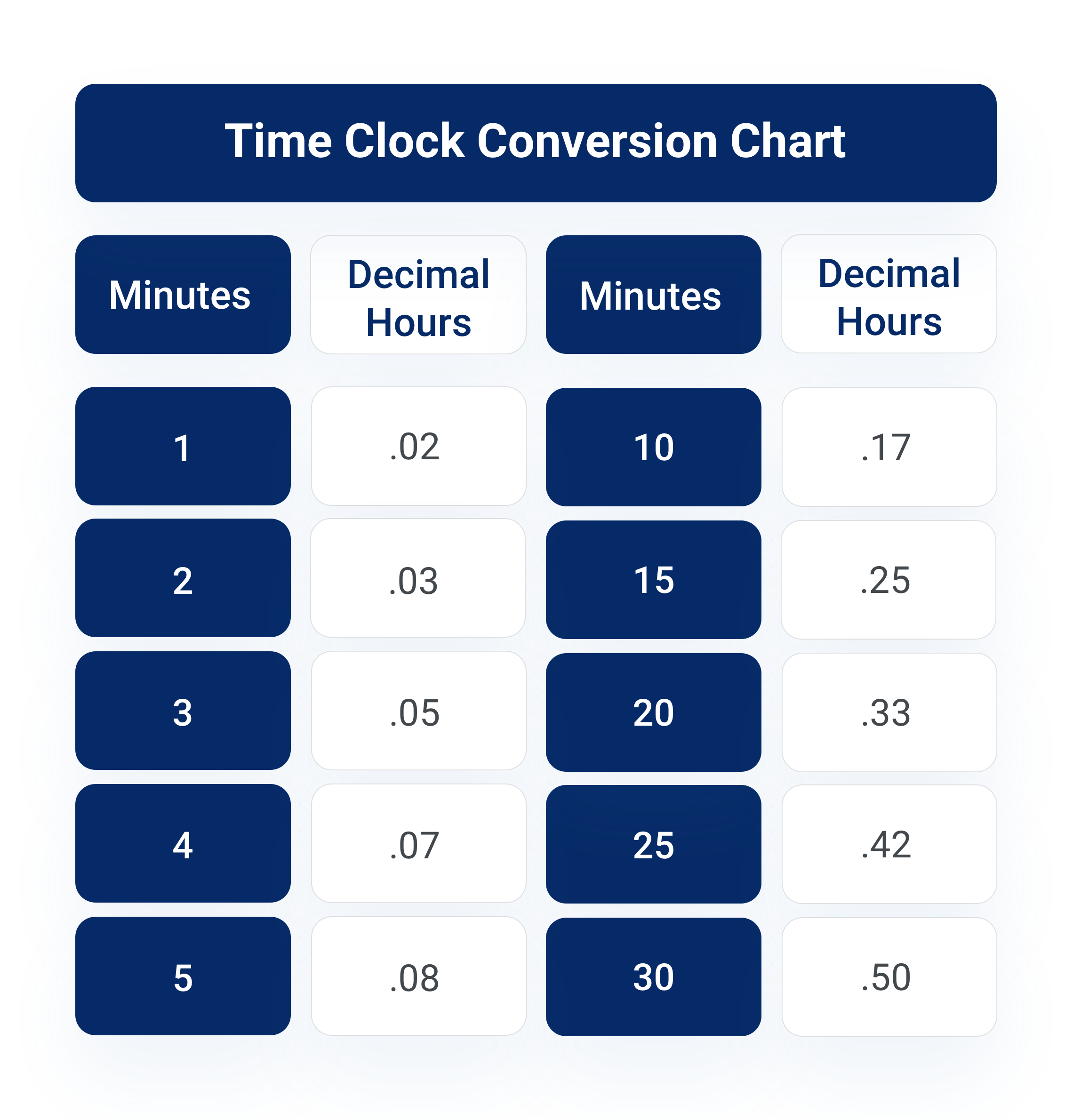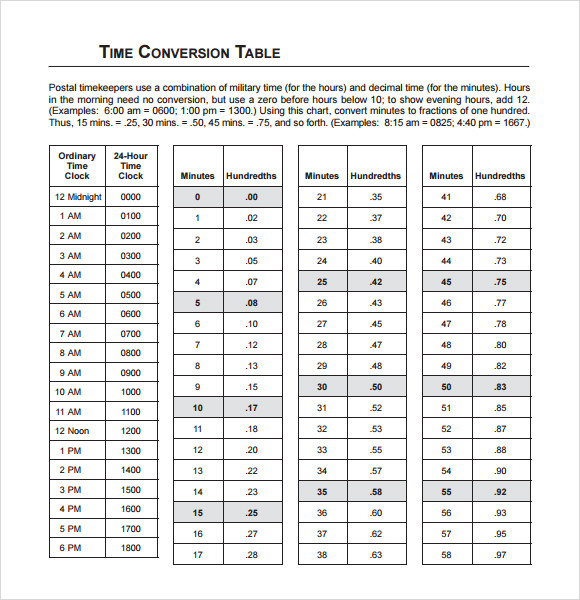

You'll also notice significant inflation in the '70s and early '80s. If you look at a table containing the inflation rate from 1915 to 2019, you'll notice deflation (expressed as a negative inflation percentage) during the Great Depression (1929-1939). While many countries have battled inflation, and even hyperinflation, in the past 120 years, the U.S. Then they would divide the number by the 1800 index and multiply by 100 to get a percent. If you want to find the historic inflation rate before then, analysts take a current price index and then subtract a comparable price index based on historical data for that year.Īs an example, if you’re looking to calculate inflation for the year 1800, analysts would take a current price index and subtract it from a comparable price index based on 1800 data. To calculate the inflation rate for a given year, the CPI helps, but it only goes as far back as 1913. (Price Index Year 2 - Price Index Year 1) ÷ Price Index Year 1 x 100 = Inflation rate in Year 1 The formula for calculating inflation is as follows: The CPI takes what the government considers a representative basket of goods and services, and records changes in their prices from month to month and year to year.

In the U.S., inflation rates come from the Consumer Price Index (CPI). You have to look at what's called a "basket" of goods and services. To measure the inflation rate, you can't just take a single good and measure how its price changes. Inflation is an important concept for investors to understand because it eats into the returns on your investments. The opposite of inflation is deflation, when prices become lower across a range of goods and services. When prices inflate, you need more money to buy the same things. Inflation is the increase in the prices of goods and services across an economy. *Currencies marked with an asterisk (*) are obsolete or no longer available with current rates.What Is Inflation? Photo credit: © iStock/Newbird.Import FX rates right into your ERP or TMS! Automate your exchange rate conversion with our Exchange Rates API.This cloud-based app requires no installation and can be accessed from anywhere.Your entire team can access the gold standard in historical exchange rates! Enterprise plans are also available at a discount.
#Money time converter pro#
#Money time converter download#
Download the historic data to a CSV format for easy use with Excel or Google Sheets.Choose your timeframe (daily, weekly, monthly, quarterly, annually or custom), your rate source (OANDA Rates®, or 40+ Central Bank exchange rates), and your price (bid, mid, or ask).Pick your base currency and the currency (or currencies) you want converted.Bid, ask, and midpoint rates for the day are published and available no later than 10:00 PM Eastern Time. OANDA Rates® are calculated daily (Monday through Friday) and represent the previous 24 hour period aligned to UTC-midnight (8:00 PM Eastern Time). Our Historical Currency Converter is an easy to use, cloud-based solution and requires no installation, while being accessible from anywhere. Currency data can be displayed in a graph or table view with up to 10 currencies at a time. This tool is ideal for auditors, CPAs, tax professionals, and anyone who needs accurate and authoritative foreign exchange data for spot checking, analysis, and reporting. OANDA Rates® cover 38,000 FX currency pairs, and are easily downloadable into an Excel ready, CSV formatted file. The Historical Currency Converter is a simple way to access up to 31 years of historical exchange rates for 200+ currencies, metals, and cryptocurrencies.


 0 kommentar(er)
0 kommentar(er)
